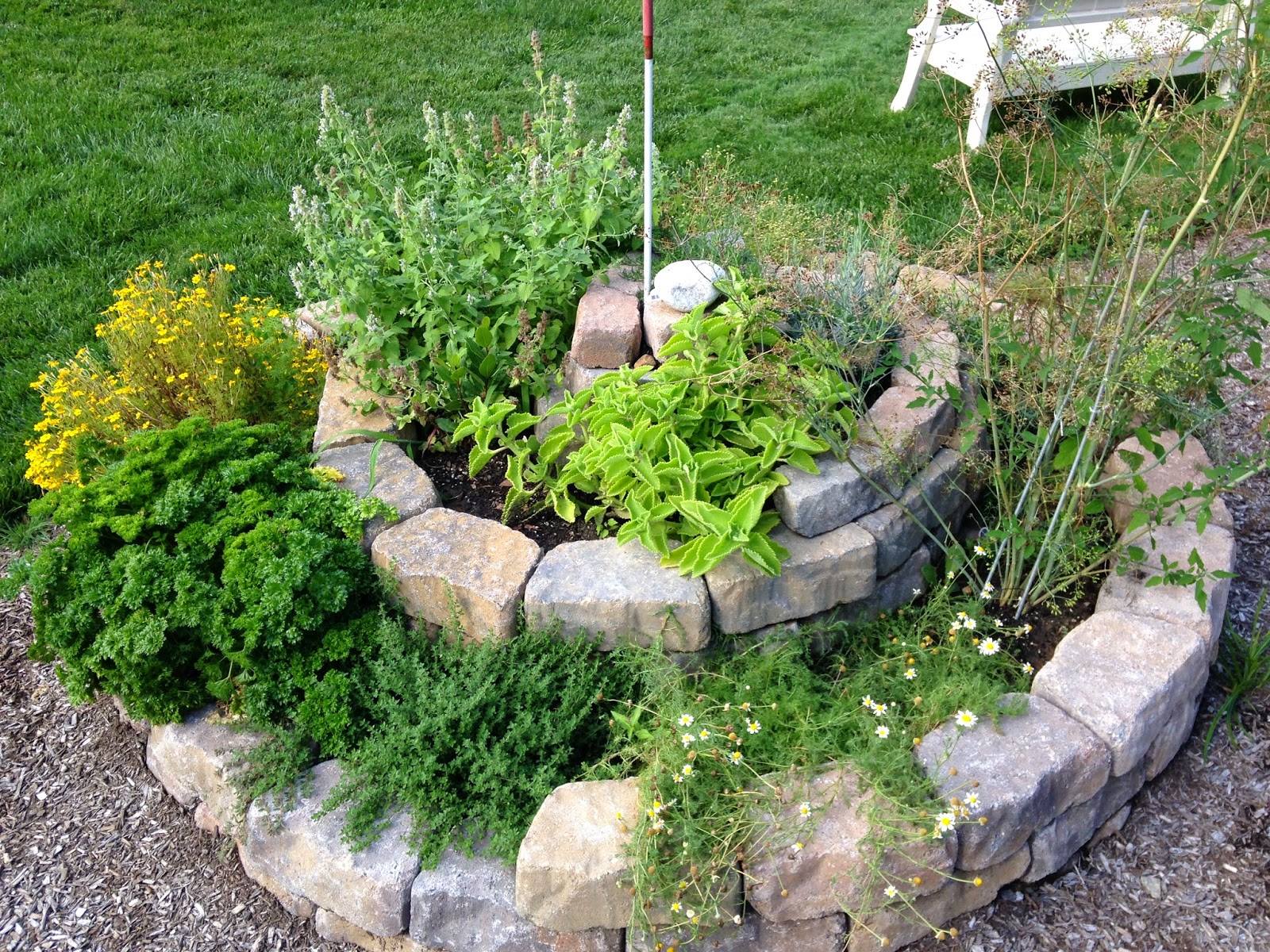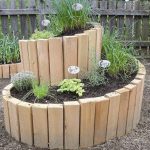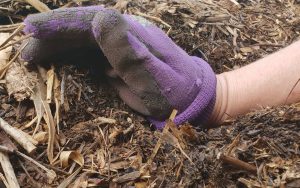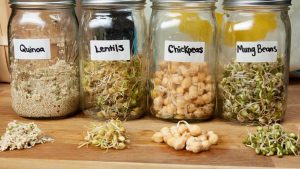For this week’s Permaculture Champions let us investigate herb spirals.
No permaculture garden seems complete without a herb spiral conveniently positioned as close to the kitchen as possible (classified as “Zone 1” by permaculture designers). For indeed, who would dash outside to pick a few herbs (while the saucepan bubbles away on the stove) if you need to pull on your gum boots and drag yourself down to the far reaches of your back yard clutching a torch? Suddenly those sad old dried herbs in jars on your spice rack look terribly appealing! “Tomorrow” you tell yourself, “Tomorrow I will plan ahead and I will go down to my herb garden earlier in the day and pick the herbs I need for dinner”. Yeah! Right!
A herb spiral is a garden bed which is a pyramid or conical shape with the central point being the highest and gradually spiraling down to lower and lower levels. This effectively creates multiple micro-climates – dry at the top and becoming gradually wetter towards the bottom, cooler and shadier to the southern side, hot on the north and west sides, gentle morning sun to the east. As you can see you have created an environment perfect for all the herbs that you may want to grow.
Stick your mediterranean herbs towards the top to the north and west where there will be plenty of sun and it will be hotter and drier – rosemary, thyme, and oregano all grow well here.
Plants which love lots of sun and moist soil do well a little further down the spiral and to the north or west – basil for example.
Herbs which enjoy a moist soil but may suffer in our burning Australian sun, or can tolerate more shade, will find a home on the lower half of the herb spiral towards the east or even the south of the spiral – consider parsley, coriander, and dill as good candidates.
Those herbs which prefer shade and can handle a wetter soil go right down the bottom of the herb spiral on the southern side – think of mint here, but to avoid mint taking over, leave it in a pot which is buried in the garden to keep the underground runners contained. An unglazed terracotta pot will allow moisture to seep through and help keep the soil damp.
Now let’s ramp up the excitement a notch! How about put a small pond at the bottom of the herb spiral and grow food in there like water celery or water chestnuts!? You will also attract frogs, birds and lizards to your garden which will help with pest control. Ahh! But now we venture into ponds…. and that is another story all together!
Now run outside and create your oasis!
Jo









